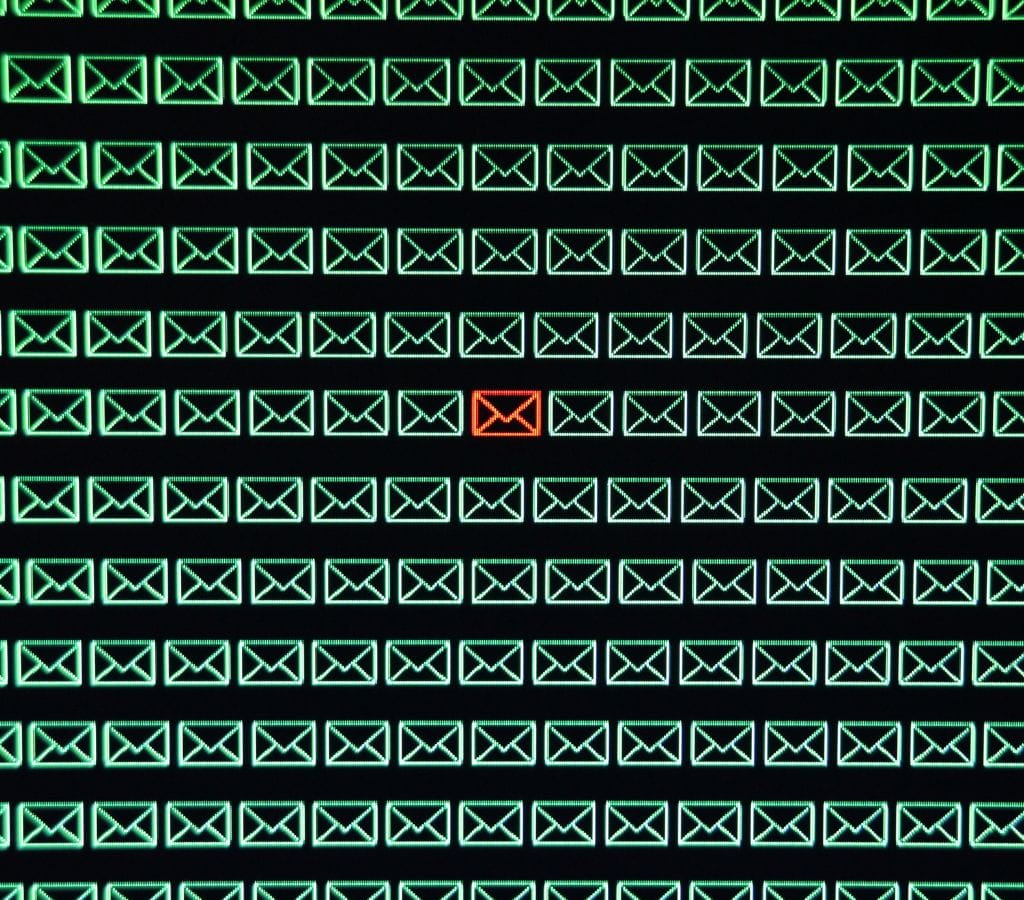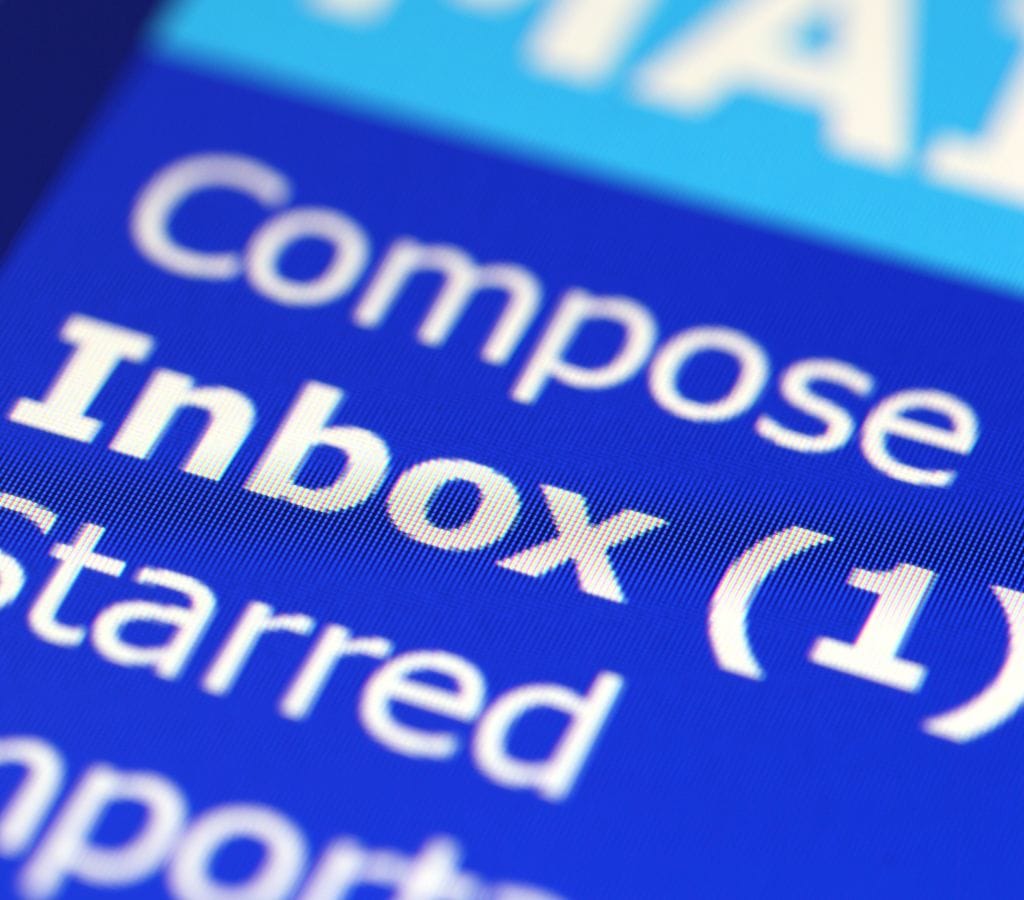Many people find that the ability to "flag" an email helps them keep organized and in control of their accounts due to the rapid pace of communication. But what does "flag" mean, and why has this tool become such a popular email management tool? This blog post will explain what "flagged" emails are and how they can be used in real life. It will also give you tips on using this feature to make your email process more efficient. Along with us on this trip, you will learn how to use email flags to improve your organization and productivity.
What Does a Flagged Email Mean?
Email flags are just simple visual clues that you can use to find specific emails in your inbox. These flags help you remember things or find important messages by reminding you of them or putting them into groups. When you "flag" an email, you make it stand out and give it some importance.
Important emails are marked with a different color or icon to distinguish them from others in your account. This constant visual cue indicates that the email is important or urgent.
Email flags are not limited to a certain email service or program. It is possible to mark emails as important in most major email clients, such as Gmail, Microsoft Outlook, and Apple Mail. Different systems may have slightly different features and functions, but the main idea stays the same.
If you want to flag an email as spam, you must click or tap on the flag icon next to the email. When you flag an email, you mark it as important or urgent, making it easier to find and manage later.
Remember that flagging an email doesn't mean someone has changed it or its content. Instead, it is a visual aid that helps you better organize and manage your email.

Benefits of Flagging Emails
Flagging emails improve email management and productivity for several reasons. So, let's look at some of the main reasons why people mark their emails as spam:
Prioritizing Important Emails
People usually mark emails as important so they can focus on reading the most important ones. One way to make an email stand out from the rest in your inbox is to mark it as important. This helps ensure that important messages aren't lost or forgotten in all the new emails.
By flagging emails, you can quickly find and respond to high-priority ones. This works for urgent emails, customer or coworker messages, and important jobs.
Helping in Task Management
One good way to keep track of tasks is to mark emails as read. Marking an email as "flagged" will remind you to act on it later.
You can create a to-do list in your inbox by marking emails related to certain projects or tasks. This method helps you stay on top of things and ensures you don't forget or overlook important jobs.
Keeping Track of Follow-Ups
When people are busy at work, they often get emails that need to be answered or followed up on later. By flagging these emails, it's easy to keep track of things that need to be done or talks that are still going on.
Mark emails that need a reply or extra care to avoid losing important messages in a busy inbox. This helps you communicate clearly and prevents you from becoming less sensitive.
Identifying Important Information
You can also find important information or reference materials more easily by marking emails as read. Flagging emails with important information, such as directions, attachments, or contact information, make sure that they are easy to find when needed.
By marking emails with useful information, you can make a library of important references that you can quickly find again. This makes it easy to find important information and saves you time from having to look through your inbox.
Collaboration and Giving Tasks
You can also use flagging emails to help you collaborate with others or assign tasks. By marking emails related to certain projects or tasks, you can quickly send or share them with other team members.
This method makes communication easier and ensures everyone knows the important emails and the tasks that go with them. It makes working together easier and helps teams keep track of important tasks and talks.

How to Flag an Email
It's easy and straightforward to mark an email as spam, and you can do it with several email clients and systems. We will discuss how to flag emails on different platforms, how to unflag them if needed, and how to change the colors of the flags to make them easier to find.
Flagging Emails on Gmail, Outlook, and AppleMail
1. Gmail
- Open the email you want to flag.
- Click the "More" button (represented by three vertical dots) at the email's top-right corner.
- From the drop-down menu, select "Mark" and choose the appropriate flag option, such as "Important," "Starred," or "Unread."
2. Microsoft Outlook
- Open the email you want to flag.
- Click on the flag icon in the toolbar at the top of the email window.
- Choose the appropriate flag option, such as "Flag for Follow-Up," "Mark Complete," or "Clear Flag."
3. Apple Mail
- Open the message you want to mark as important.
- Click on a flag button in the toolbar at the top of the email window.
- There are different flag options, such as "Flag," "Mark as To-Do," and "Clear Flag."
Unflagging an Email
- Open the flagged email.
- Locate the flag icon associated with the email.
- Click on the flag icon again to remove the flag.
Customizing Flag Colors
Some email apps let you change the colors of the flags to make things even more organized and easy to spot. While the exact steps may be different for each app, these are usually what you should do:
- Go to your email client's options or preferences menu.
- Find the choice to change the colors of the flag.
- You can pick the color for each flag type or make your own flag stickers with different colors.
Changing the flags' colors allows you to assign each color a specific meaning or category. This makes it easier to find and sort emails quickly.

How to Manage Your Flagged Emails Efficiently
Once you've marked your emails as important, you need a good way to keep track of them. We will discuss ways to organize your flagged emails, set up a follow-up system, and avoid overflagging in this part.
Putting Flagged Emails in Order
You can be much more productive and make sure that important messages don't get lost if you have a well-organized method for your marked emails. Think about the following ways to organize your marked emails:
- Set up folders or labels: In your email client, set up folders or labels to organize flagged emails by job, client, or priority level. This makes it easy to find important messages and move around.
- Put filters or rules: You can use email filtering or rule-setting to automatically organize marked emails into certain folders based on the sender, the topic, or keywords. This can save you time and keep your email clean.
- Sort by status of the flag: Use your email client's sorting choices to put emails marked as spam together. By sorting by flag state, you can quickly find and deal with the most important messages first.
Creating a Follow-Up System
Most of the time, you mark emails as important to help you remember to respond or act on them. To manage follow-ups well, think about doing the following:
- Set reminders: Use the "reminder" or "snooze" tool in your email client to set alerts for actions that need to be taken on flagged emails. This ensures that you don't forget to do something or reply to something important.
- Make a dedicated task list: To keep track of emails that need follow-up steps, use a task management tool or a dedicated task list in your email client. This helps you set priorities and get things done quickly.
- Set a deadline: Based on how important or urgent the warned email is, set a deadline for follow-ups. To keep your promises, give yourself clear due dates or intervals for replying or acting.
How to Avoid Overflagging
It can be helpful to mark emails as read, but it's important not to use this feature too much, as it can make your inbox look cluttered and stressful. Here are some things you can do to avoid over-flagging:
- Pick and choose: Mark only the emails that need your attention or action as important. Don't flag every email you get; doing so can make the system less useful.
- Regularly review flagged emails: Look over them every so often and decide if they are still important or relevant. Remove emails from the "flagged" list that no longer need your attention or action to keep it focused and easy to manage.
- Think about other options: Instead of just using flags, you could try other ways to manage your emails, like labeling, archiving, or using a separate task management system to make your work easier.
You can get the most out of email flags and keep your inbox organized by managing your flagged emails well, putting them in the right order, setting up a follow-up system, and not flagging too many emails.

What Happens If You Rely Too Much on Email Flags
Email flags can help you organize your emails and keep track of your tasks, but using them too much could lead to problems. You should be aware of these dangers to avoid bad things. We will talk about some common problems that can happen when you depend too much on email flags in this section.
Ignore Emails That Aren't Flagged
If you depend on email flags a lot, you might miss emails that aren't flagged by accident. Even though flags help you find and focus on important messages, you should still go through your whole email often to make sure you don't miss any important requests or information. Only looking at flagged emails could cause you to miss chances or respond later than you should.
Set a regular time to go through your entire inbox and answer all emails, even ones that aren't marked as spam. This will help you avoid this mistake. Setting aside specific times every day to manage and answer emails might be helpful.
Creating Unnecessary Pressure
Sometimes, marking emails as "important" can make you feel like you must respond immediately. This worry and feeling of being overwhelmed can happen when there are a lot of emails that have been marked as important. It's important to set realistic goals and organize jobs based on their importance and when they need to be done.
To ease this stress, set up a way to prioritize flagged emails based on their importance and urgency. Make time in your plan to focus on flagged emails so that you can deal with them effectively without getting too busy.
Dependency on Flags Instead of Proper Time Management
If you count too much on email flags, you might become dependent on them instead of learning how to manage your time well. If you only use flags to decide which emails to answer first, they might not help you reach your general goals and priorities.
To avoid this trap, learning how to manage your time effectively is important. Instead of depending on flags, organize tasks by importance and due date. You might also want to try productivity methods like the Eisenhower Matrix or the Pomodoro Technique to maximize your time and focus on important tasks.
You can use email flags as a useful tool without giving in to their flaws if you know these problems and take steps to avoid them. Remember that email flags should be used in addition to your general email management plan. It's important to find a balance between using flags and keeping your inbox organized in a well-rounded way.
Now that you know everything there is to know about email flags, including their pros and cons, you can take charge of your inbox and make the most of your email routine. Using the strategies and tips in this blog post, you can use email flags to improve your productivity, organization, and general email management.

